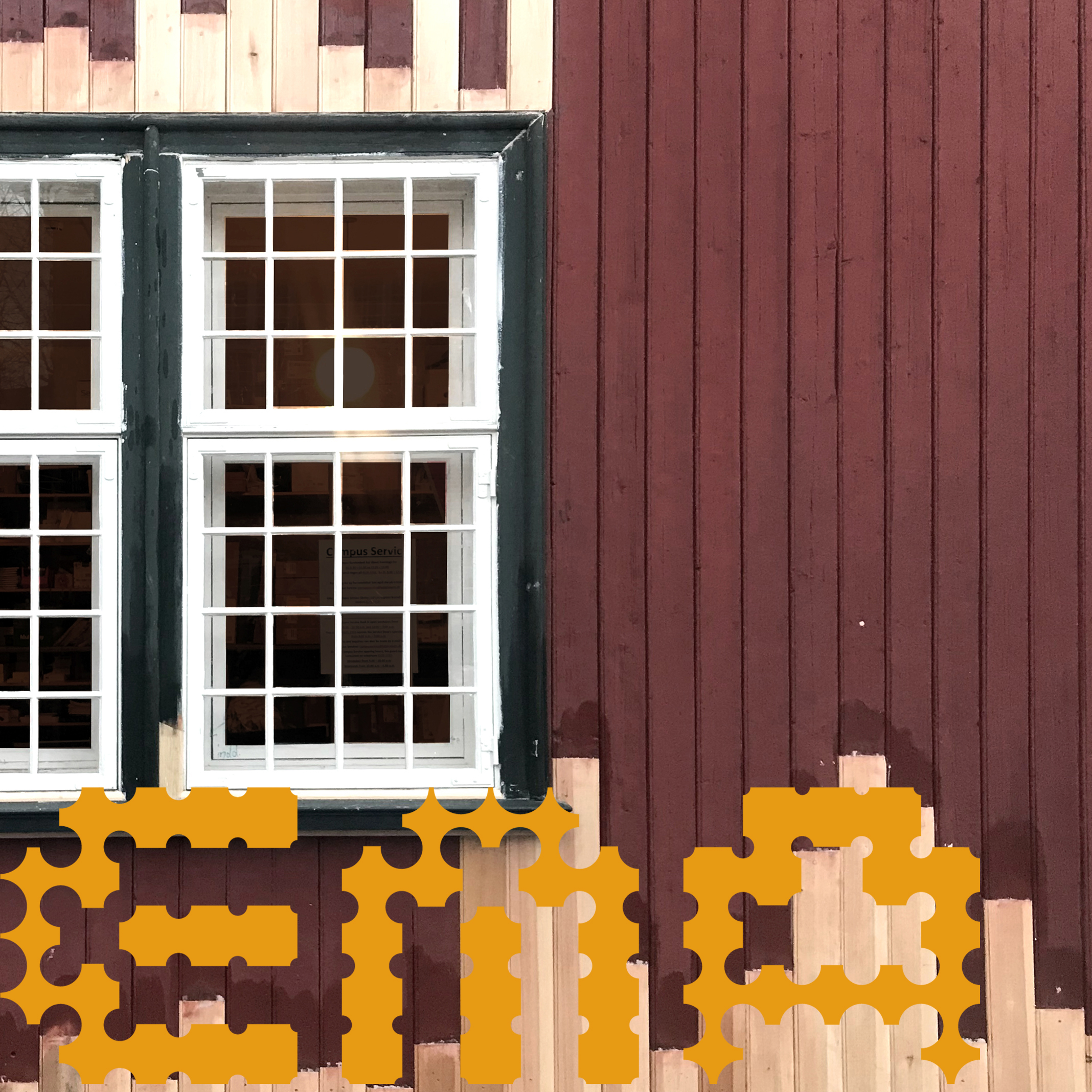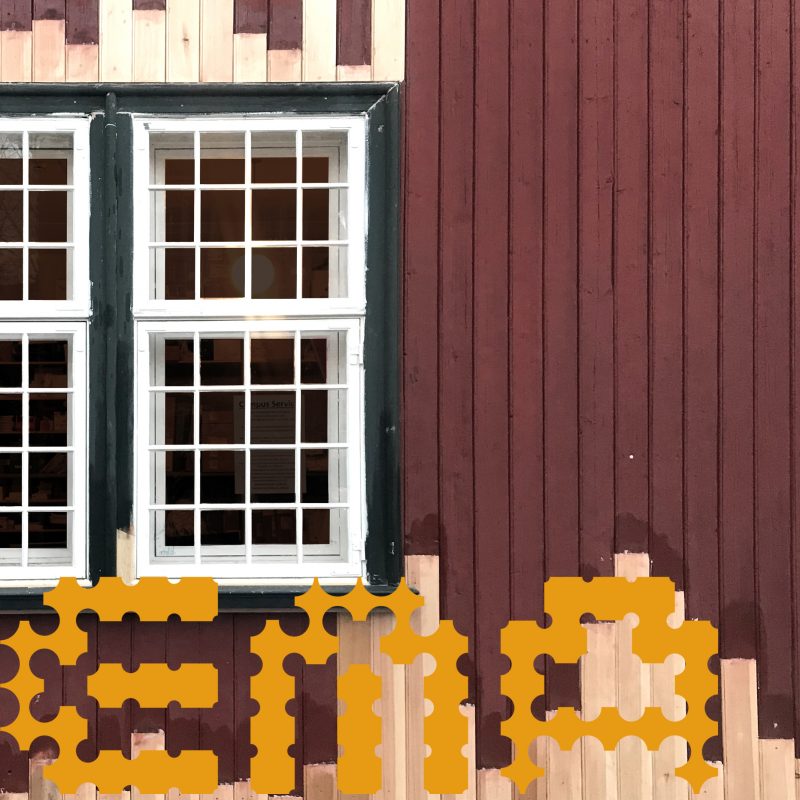
- This event has passed.
AdvanceAEC SYMPOSIUM: Broken World Building
May 30, 2024 - May 31, 2024

SYMPOSIUM: Broken World Building
Royal Danish Academy School of Architecture & Design Museum Danmark
May 30&31st 2024
Webpage for the symposium https://www.ecometabolisticmodel.eu/news/symposiumbrokenworldbuilding/
Associated to the ERC project. Eco-Metabolistic Architecture
“If thin hope needs heroes or saviours, thick hope needs neither, apart from the patient and ordinary forms of heroism entailed in navigating with care a broken and dynamic world.”
“Ordinary Hope” Steven J. Jackson
The fragile position of the planetary state rattles our perception of continuity and development, urging a renewed conception of its social-, ecological- and material dependencies. The Broken World Building symposium explores what it means to build and live in a broken world and asks how care and repair might challenge our models of design and production to ideate new practices to engage this unstable disposition.
In research, the broken world thinking of care and repair has resurfaced as a powerful framing for the consequences of the ‘take-make-waste’ approaches deeply engrained in societal conduct and design thinking. Moving beyond the norms of circular thinking, repair and care foster renewed attention to the guardianship of materials, the preservation of value, and the presence of the individuals who undertake these repairs.
CITA and The Royal Danish Academy School of Architecture invite researchers and practitioners to discuss how care and repair challenge the traditional architectural ideals of permanence and durability. We want to expand the theorisation of reparatory action beyond specialised conservation efforts for canonised historic-, and architecturally significant buildings, to discuss repair and care as an inherent right associated with the design and occupation of all buildings. We explore how “design-for-repair” can be theorised and how new practices of continual construction can be imagined. Our exploration delves into theoretical and practice-based frameworks that dissolve the dichotomy between formally acknowledged building repair and the informal repair processes undertaken by their custodians.
This intersection positions care and repair as indispensable agencies that equally underpin building(s) as valuable assemblages of precious resources and as cultural practices of design, fabrication, and use.
We aim to examine multiple perspectives of care and repair to establish a new architectural anchoring in the inherent fragility of buildings2–4. This fragility reveals a fundamental architectural instability that operates at multiple and simultaneous scales, ranging from domestic microcosms of everyday maintenance to global macrocosms, where buildings are continuously re- and de-assembled in the pursuit of the preservation of their resources. A collective whirl that performs stability through constant and synchronised movements
between wear, care, and repair.
The Broken World Building Symposium will explore, imagine, and discuss care and repair as formative sociocultural structures to shape future buildings and settlements and reveal how amidst the urgency of current ecological and societal breakdowns, the generative potentials of repair can open new agencies for remediation and change.
The symposium is devised across three interdisciplinary sessions and site visits that bring theorisation and real-world case studies together. Each session uses theory building and case study examination to bring concrete examples to the discussion.
References
1. Jackson SJ. Ordinary Hope. In: Ecological Reparation – Repair, Remediation and Resurgence in Social and Environmental Conflict. (Papadopoulos D, Bellacasa MP de la, Tacchetti M. eds) Bristol University Press; 2023; pp. 417–434.
2. Yaneva A, Mommersteeg B. The Unbearable Lightness of Architectural Aesthetic Discourse. In: Aesthetics Equals Politics: New Discourses across Art, Architecture, and Philosophy The MIT Press; 2019; pp. 213–230.
3. Yaneva A. Architectural Theory at Two Speeds. Ardeth A magazine on the power of the project 2017;(1):89–101.
4. Buchli V. An Anthropology of Architecture. 1st ed. Bloomsbury Academic; 2013.

Welcome and introduction: Stine Dalager NielsenSession 1: Broken World Thinking & Building: Fragility and the Built Body
- Keynote: Stephen Jackson, Department of Information Science and Department of Science and Technology Studies at Cornell University (Confirmed)
- Case presentations on repair and fragility:
Case 1: Carolina Dayer “The Thickness of Architecture” (Confirmed)
Case 2: Vilhelm Lauritzen Arkitekter & CPH-Airport drift “Lufthavnen” (TBC)
Case 3: 51N4E, “How to Not Demolish a Building” (TBC)
Session 2: Material Value: Care & Repair as practices of circular construction.
- Keynote in conversation: Silke Langenberg, Head of MAS ETH Preservation and Constr. History / Head of CAS ETH in Repair and Maintenance / Head of CAS ETH in Preservation / Head of CAS ETH in Future Heritage / Head of Inst. Preservation and Constr. History (Confirmed) and Postdoc Stine D.Nielsen
Session 3: Material Practice: Design for repair &the ideation of continual construction.
- Keynote in conversation: John Allan, MA (Edin), BA Hons, Dip Arch, MA, Hon Litt D (Sheff), AABC, ARB, Avanti Architects (TBC) and Professor Mette Ramsgaard Thomsen
- Case presentations on repair and continual construction:
Case 1: CITA, “Continual Construction and repair” (Confirmed)
Case 2: Büro Juliane Greb, “Open for Maintenance” (Confirmed)
Case 3: Vandkunsten, Urbant Selvbyg “Diversify Now!” (Confirmed)
Funded by the European Union (ERC, ECO-METABOLISTIC-ARC, 101019693). Views and opinions expressed are however those of the author(s) only and do not necessarily reflect those of the European Union or the European Research Council Executive Agency. Neither the European Union nor the granting authority can be held responsible for them.

20240215_SYMPOSIUM Invite